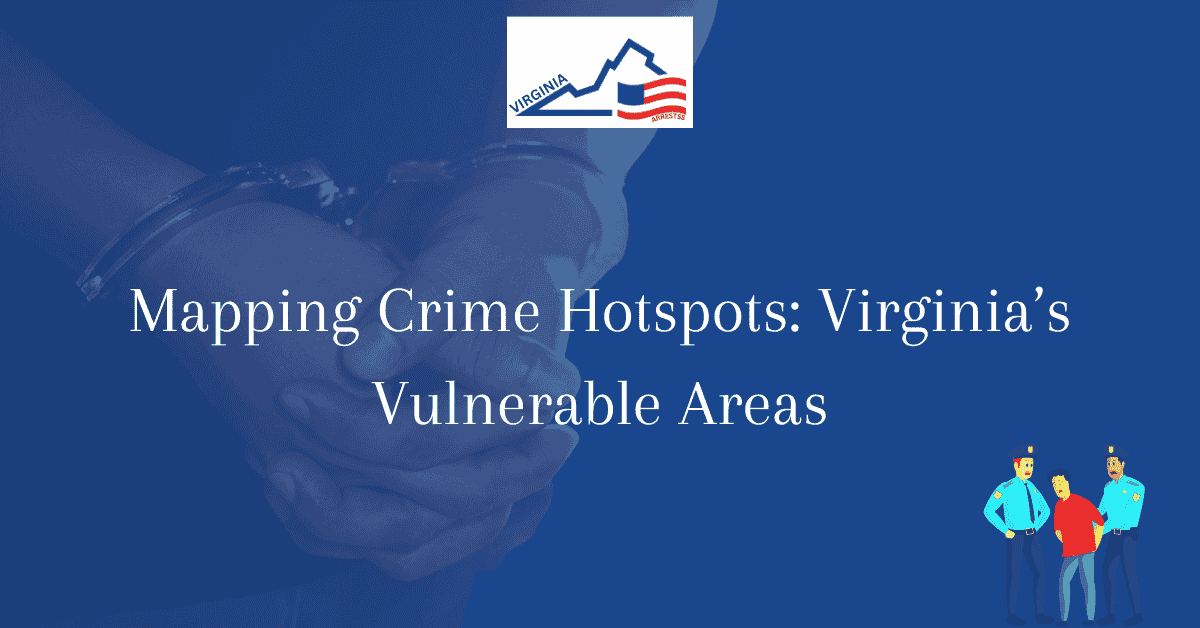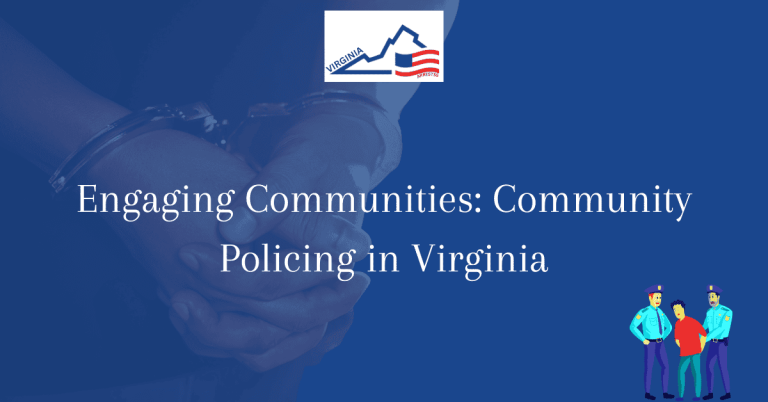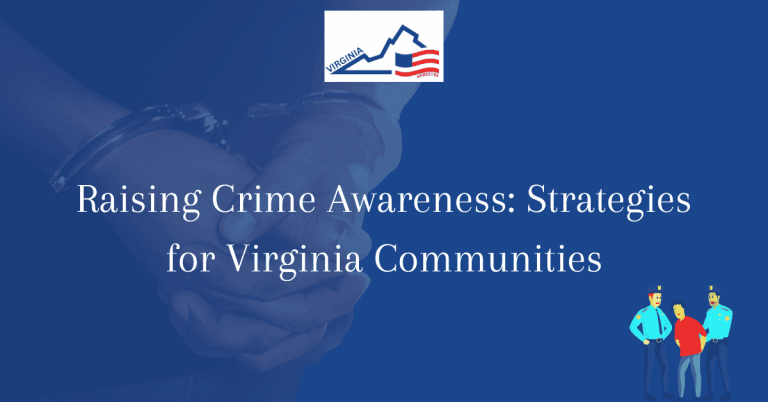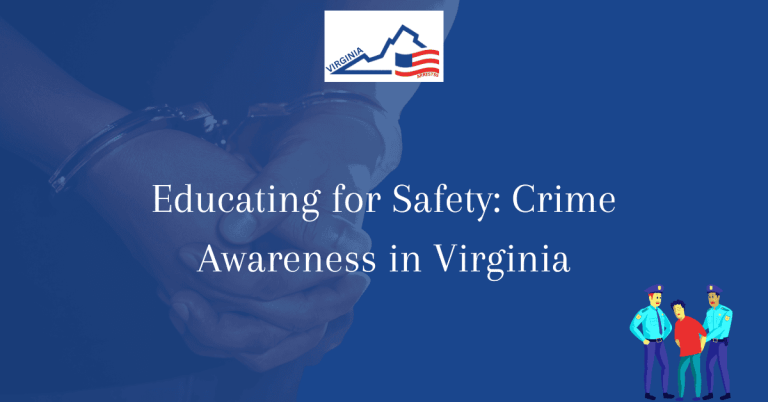Mapping Crime Hotspots: Virginia’s Vulnerable Areas
Crime hotspots in Virginia are areas of concern for both residents and law enforcement. These vulnerable areas often experience higher rates of criminal activity, posing a threat to the safety and security of the community. Understanding the patterns and trends of crime in these regions is essential for effective crime prevention and intervention strategies.
Mapping crime hotspots in Virginia allows us to pinpoint specific locations where criminal incidents are more prevalent. By identifying these vulnerable areas, law enforcement agencies can allocate resources more efficiently and implement targeted measures to address the root causes of criminal behavior. Stay informed about Virginia’s crime hotspots to contribute to a safer and more secure environment for all residents.
”
Crime Hotspots in Virginia
Crime hotspots are areas with higher rates of criminal activities compared to surrounding areas. In Virginia, these hotspots can vary in size and location, making it crucial to understand the underlying factors contributing to their existence. By mapping these high-risk areas, law enforcement agencies and community organizations can identify trends and patterns to develop targeted interventions for crime prevention.
Significance of Mapping Vulnerable Areas
Mapping crime hotspots in Virginia is essential for identifying vulnerable areas that are at a higher risk of criminal activities. By analyzing data on crime incidents, law enforcement agencies can allocate resources effectively and implement strategies to address underlying issues contributing to crime in these areas.
Impact on Community Safety
Mapping crime hotspots has a direct impact on community safety by enabling law enforcement agencies to focus their efforts on high-risk areas. By implementing targeted interventions in these vulnerable areas, communities can experience a reduction in crime rates and an overall improvement in safety and security.
Collaborative Approaches for Crime Prevention
Effective crime prevention strategies often involve collaboration between law enforcement agencies, community organizations, and residents. By mapping crime hotspots and sharing data insights, stakeholders can work together to develop proactive measures that address the root causes of criminal activities in vulnerable areas.
Effective Strategies for Targeted Interventions
Utilizing data analysis plays a crucial role in developing effective strategies for targeted interventions in crime hotspots. By identifying trends and patterns in crime data, law enforcement agencies can implement actionable measures to prevent future criminal activities in high-risk areas.
Utilizing Data Analysis for Actionable Insights
Data analysis provides law enforcement agencies with actionable insights into crime hotspots, allowing them to make informed decisions on resource allocation and intervention strategies. By leveraging data-driven approaches, agencies can effectively combat criminal activities in vulnerable areas.
Enhancing Security Measures in Hotspot Locations
Enhancing security measures in crime hotspots is essential for improving safety and reducing criminal activities. By implementing surveillance systems, increasing police presence, and engaging with the community, law enforcement agencies can create a secure environment in high-risk areas.
Benefits of Mapping Crime Hotspots
Mapping crime hotspots offers numerous benefits, including improving response efforts and resource allocation. By focusing on vulnerable areas with higher crime rates, law enforcement agencies can deploy resources efficiently and respond quickly to criminal activities.
Improving Response Efforts and Resource Allocation
Mapping crime hotspots allows law enforcement agencies to improve their response efforts and allocate resources effectively. By prioritizing high-risk areas, agencies can enhance their crime prevention strategies and ensure a swift response to criminal incidents.
Creating Safer Environments Through Proactive Measures
Mapping crime hotspots enables stakeholders to create safer environments through proactive measures. By identifying vulnerable areas and implementing targeted interventions, communities can work together to prevent crime and promote safety for all residents.
”
Frequently Asked Questions
Our Frequently Asked Questions section aims to provide detailed information on Mapping Crime Hotspots: Virginia’s Vulnerable Areas to enhance your understanding of this critical topic.
What is Mapping Crime Hotspots?
Mapping Crime Hotspots is a technique used to identify geographic areas with a high concentration of criminal activity. By analyzing crime data and plotting it on a map, law enforcement agencies can pinpoint areas that require targeted interventions to reduce crime rates.
How is Mapping Crime Hotspots useful in Virginia?
In Virginia, Mapping Crime Hotspots plays a crucial role in helping law enforcement agencies allocate resources effectively. By identifying vulnerable areas prone to criminal activities, authorities can deploy patrols, implement community policing initiatives, and engage in crime prevention programs to enhance public safety.
What are the key factors considered in Mapping Crime Hotspots?
When mapping crime hotspots, various factors are taken into account, including historical crime data, demographic information, socio-economic conditions, and environmental factors. By analyzing these aspects, law enforcement agencies can gain insights into the underlying causes of criminal activities and develop targeted strategies to address them.
How can individuals contribute to Mapping Crime Hotspots efforts?
Individuals can contribute to Mapping Crime Hotspots efforts by reporting suspicious activities, participating in community watch programs, and engaging in crime prevention initiatives. By working together with law enforcement agencies, residents can help identify crime hotspots and collaborate on solutions to enhance public safety.
What are the challenges faced in Mapping Crime Hotspots in Virginia?
Challenges in Mapping Crime Hotspots in Virginia include data accuracy, resource constraints, community engagement, and privacy concerns. Overcoming these challenges requires collaboration between law enforcement agencies, government entities, and community stakeholders to ensure effective crime mapping and prevention strategies.
How can technology enhance Mapping Crime Hotspots in Virginia?
Technology plays a vital role in enhancing Mapping Crime Hotspots in Virginia through the use of advanced analytics, geographic information systems (GIS), and data visualization tools. By leveraging technology, law enforcement agencies can analyze vast amounts of data, identify crime trends, and develop targeted interventions to address crime hotspots effectively.







